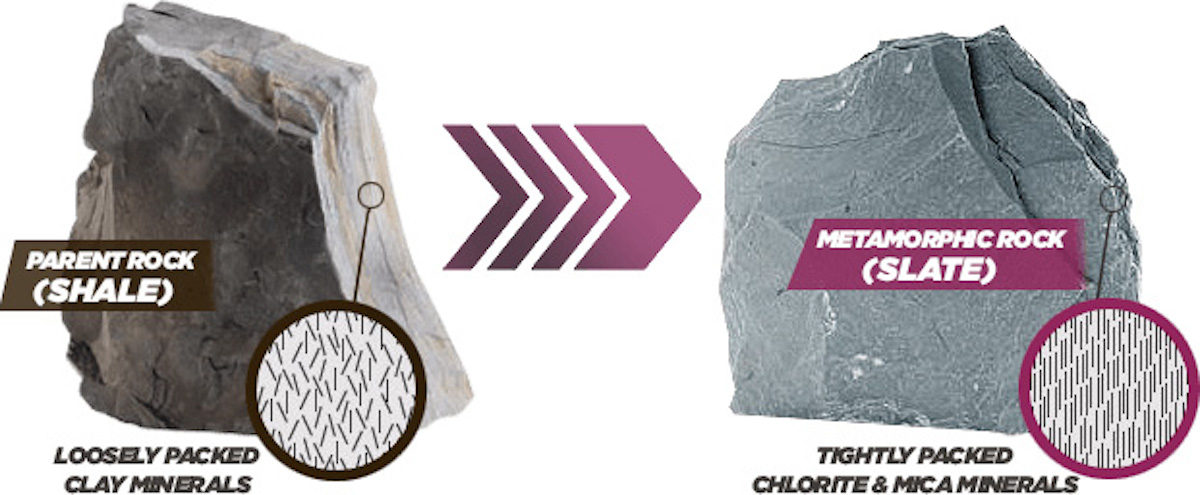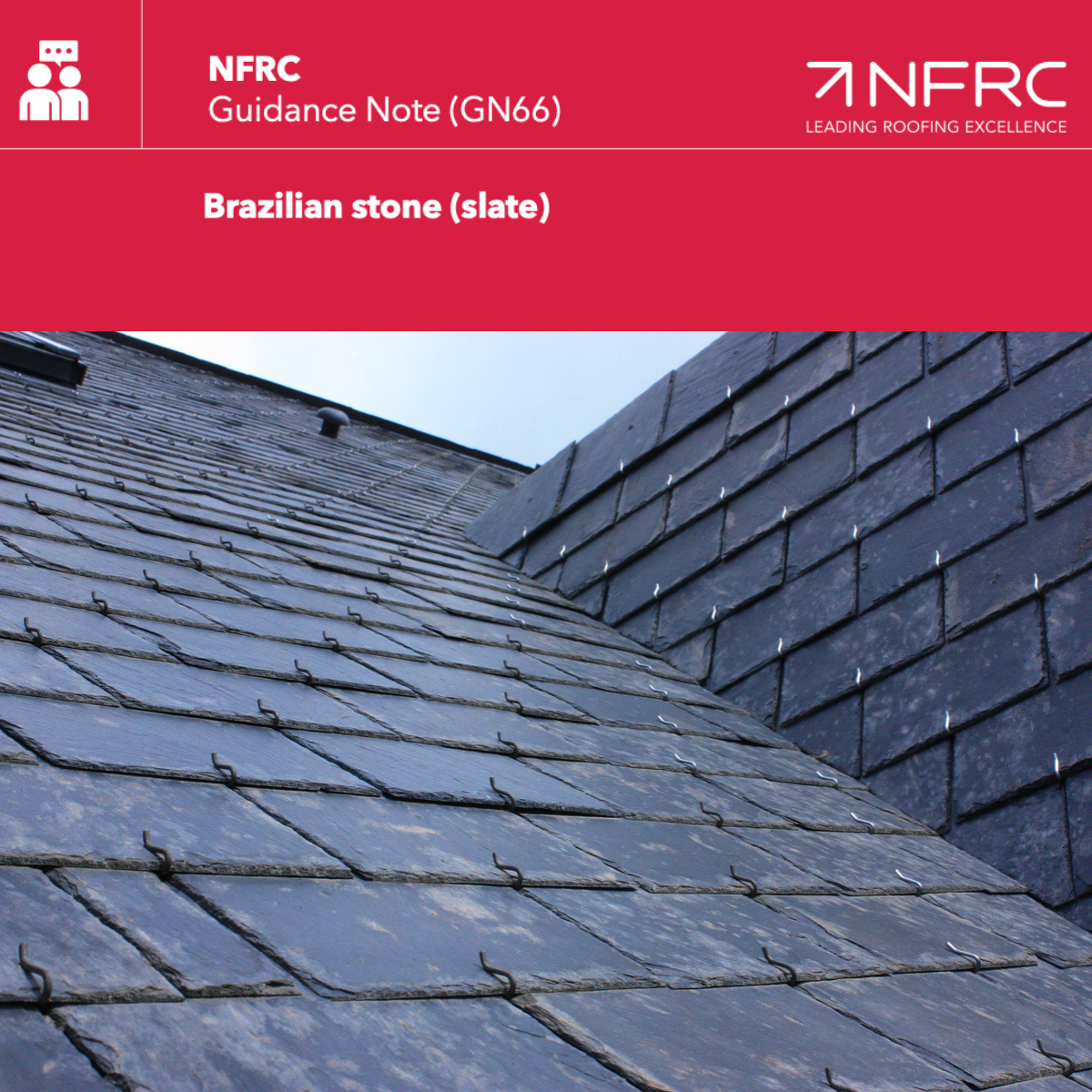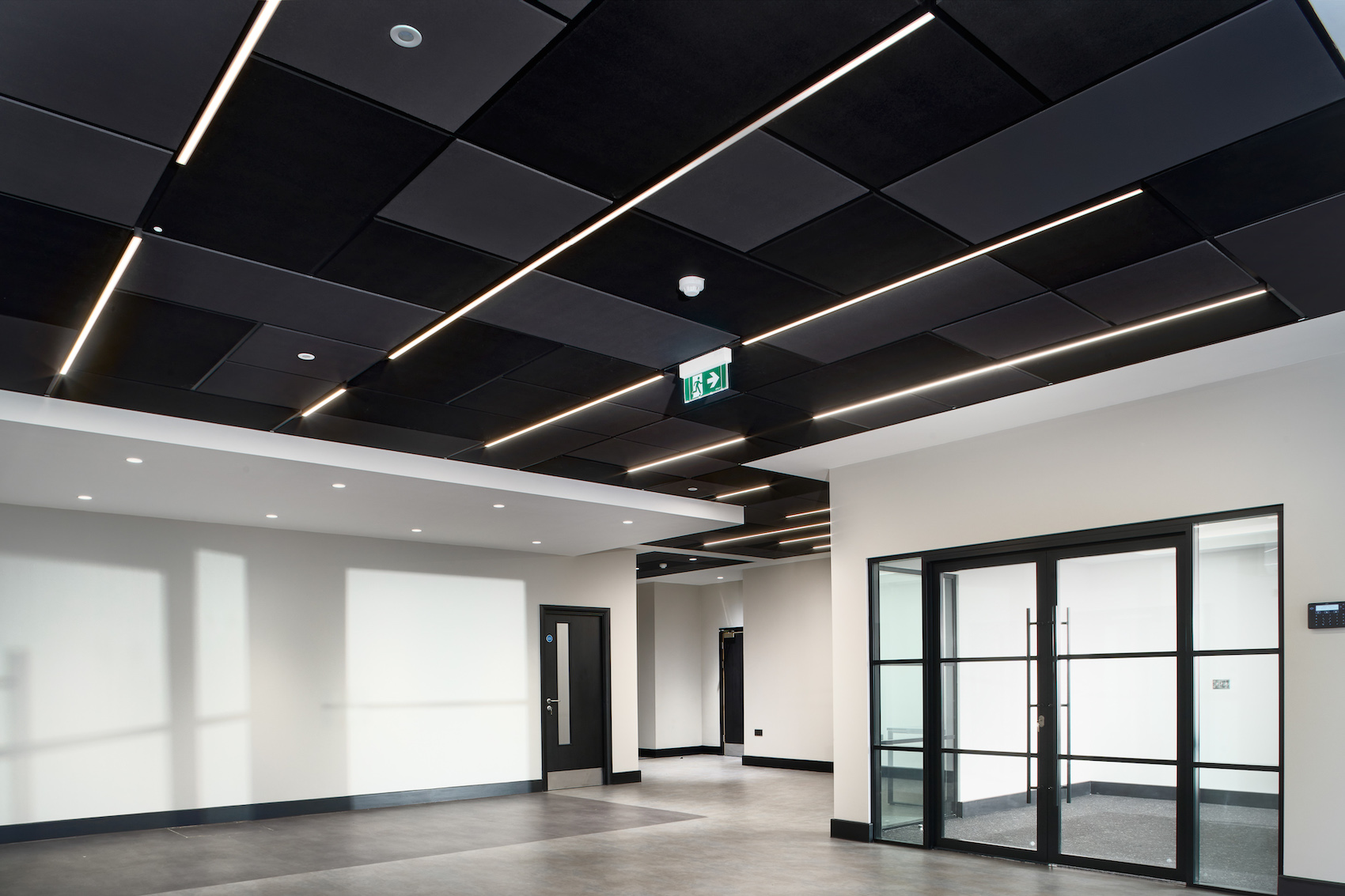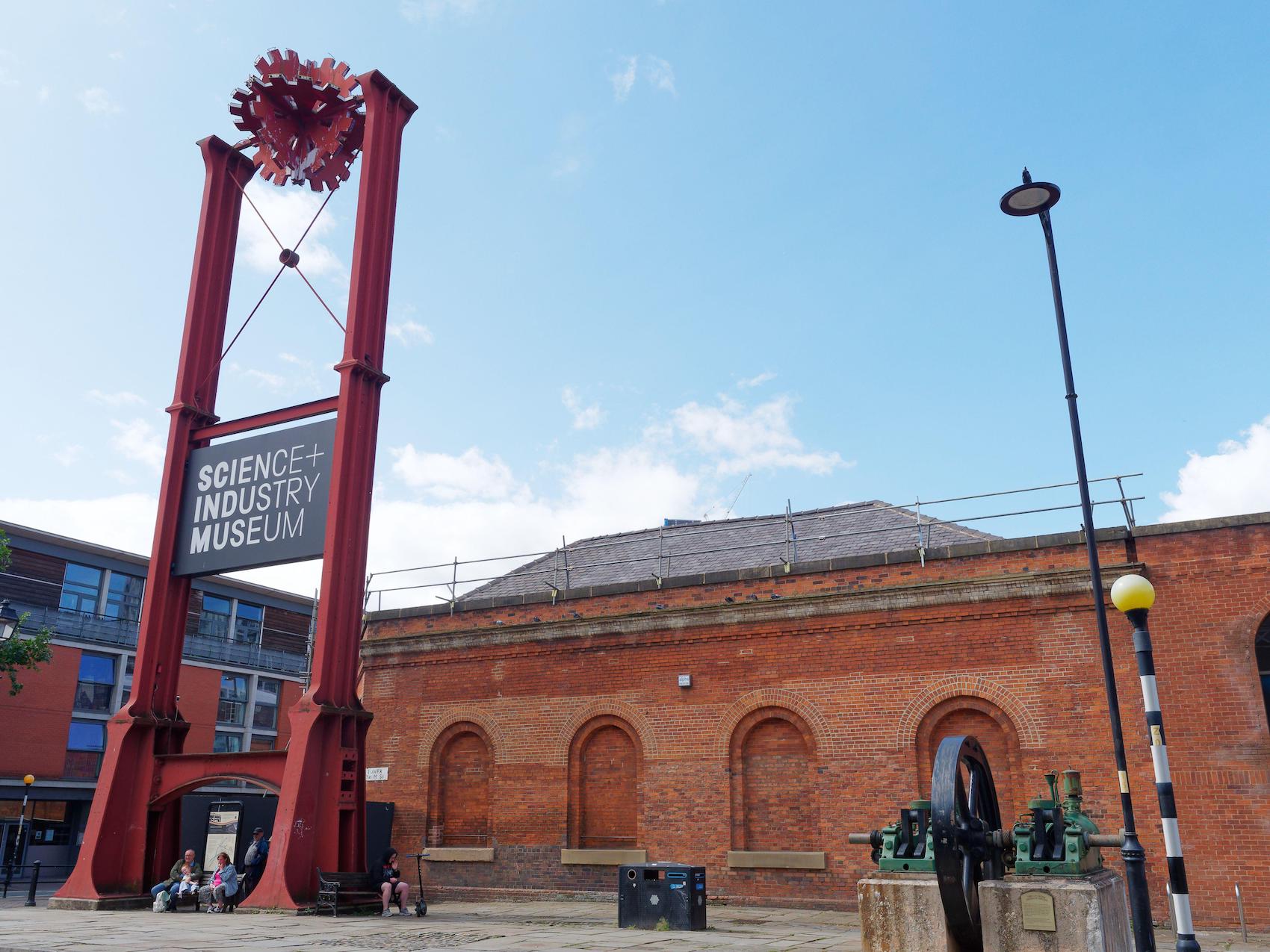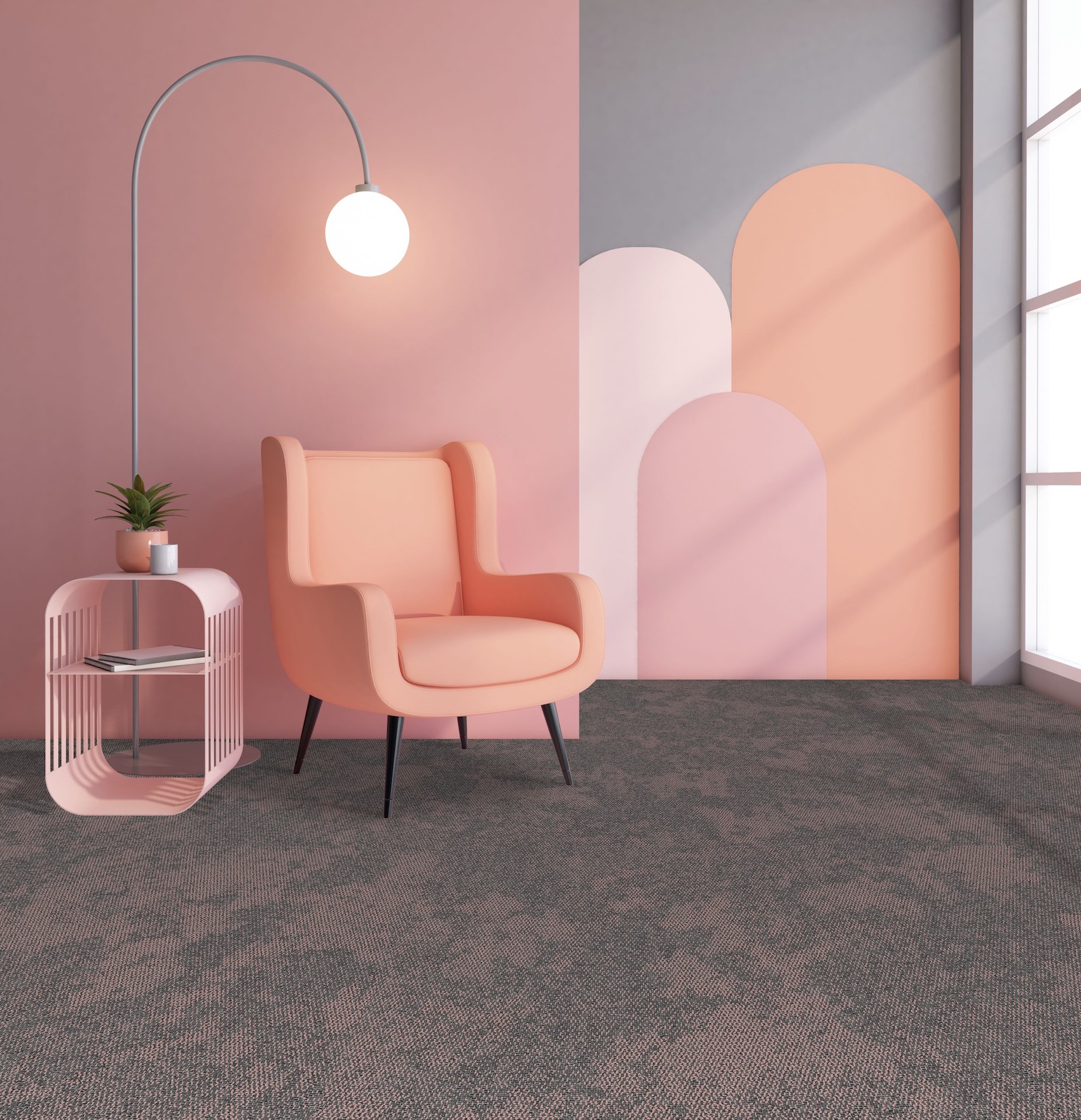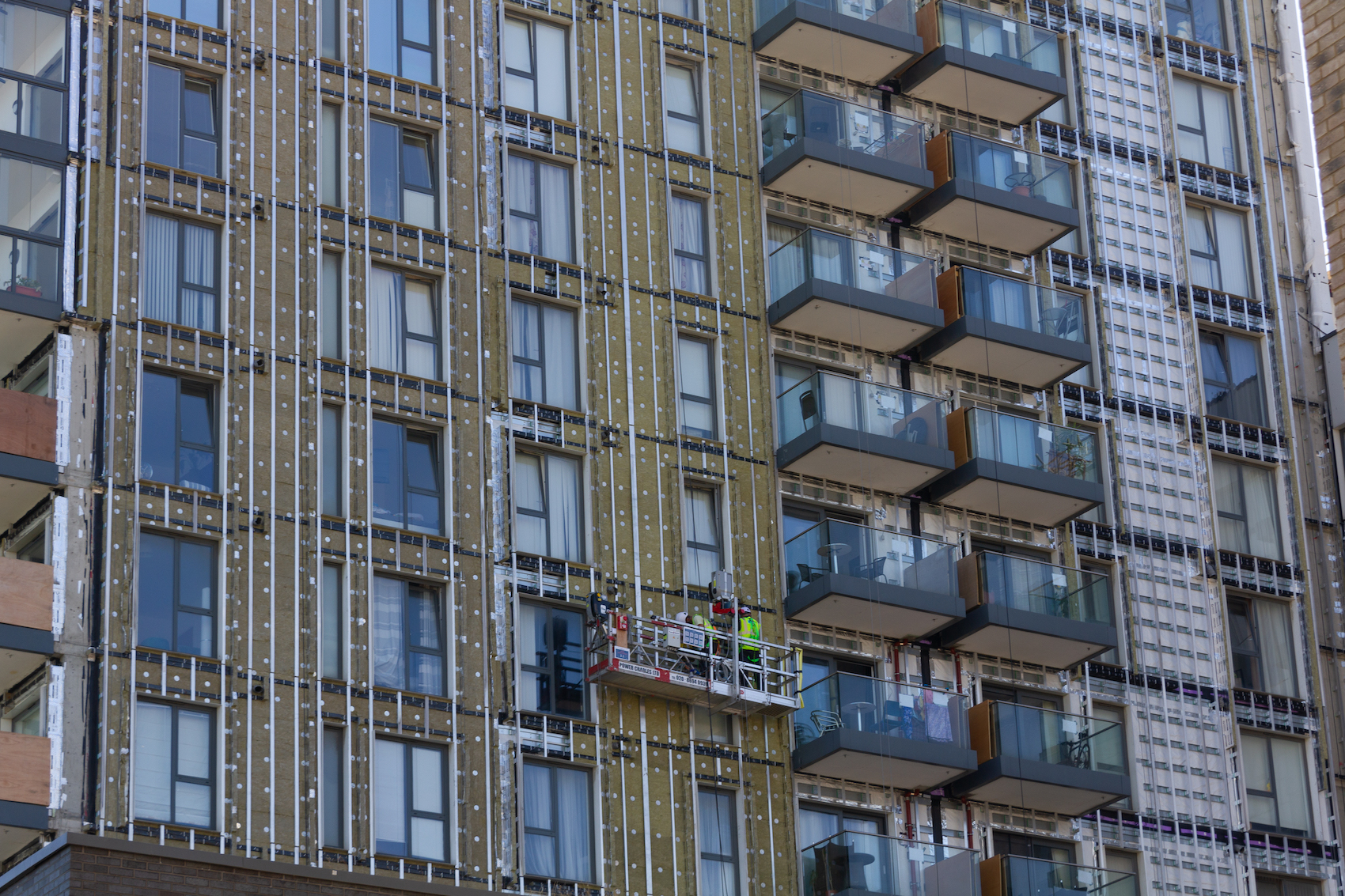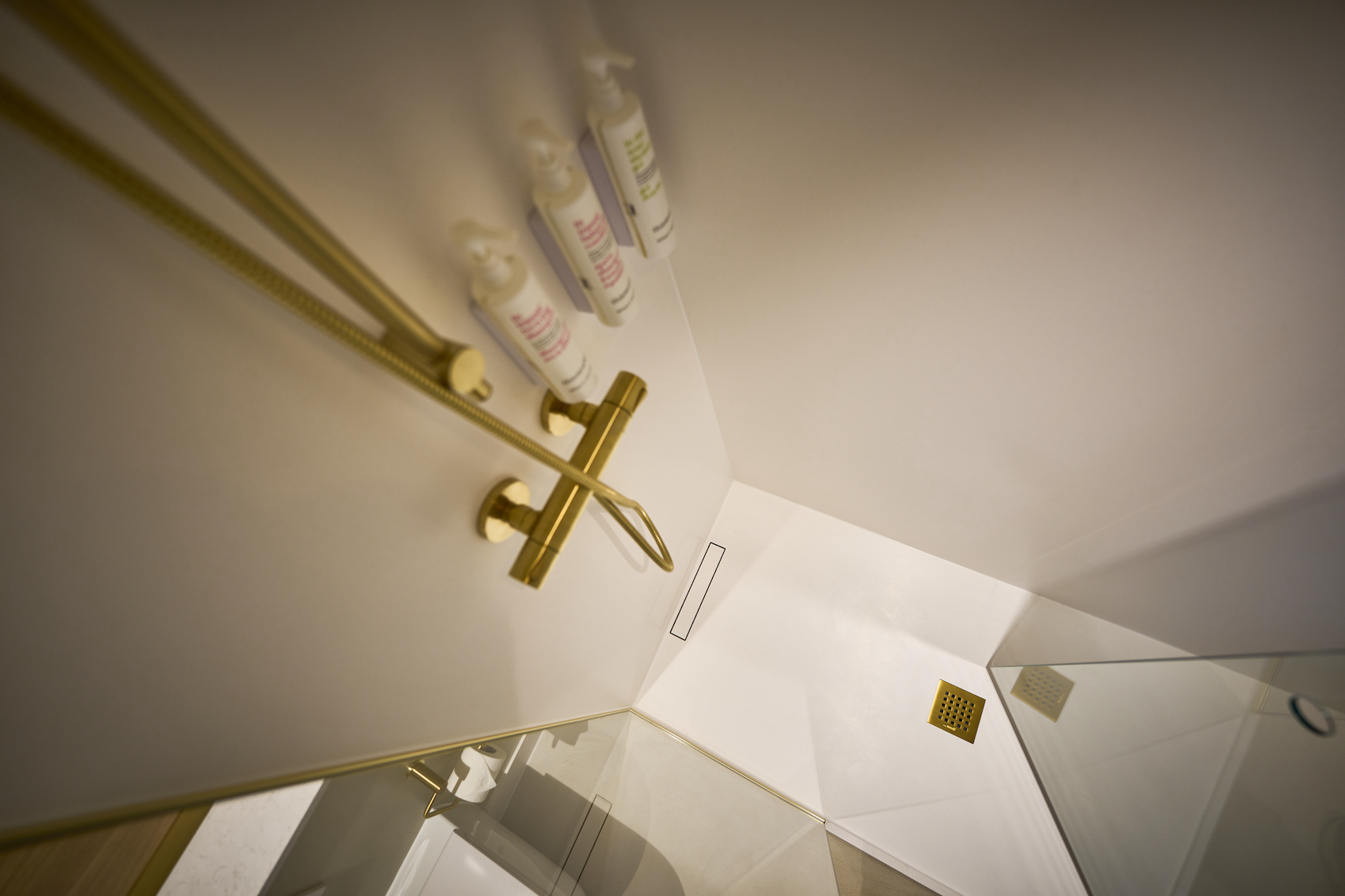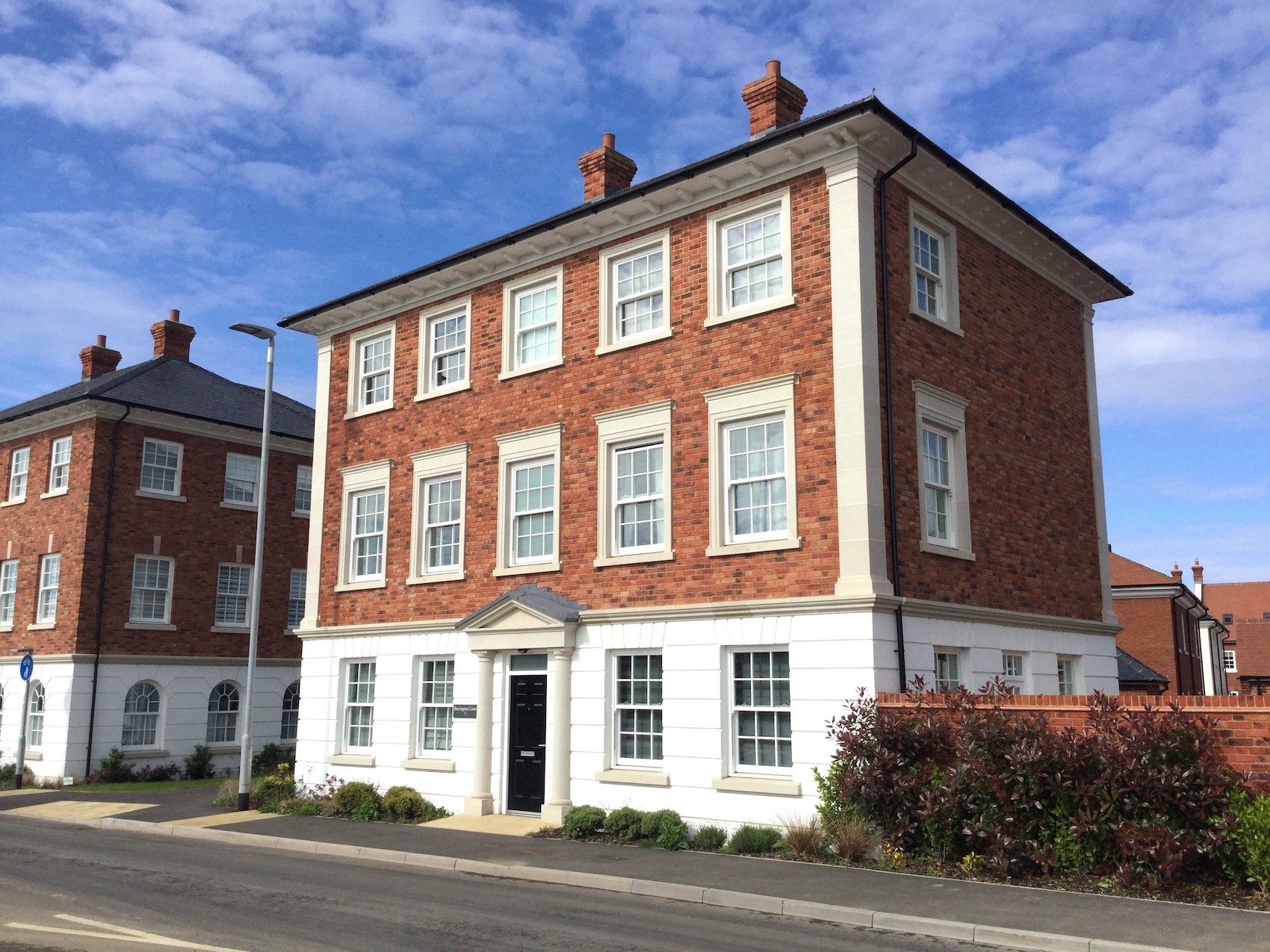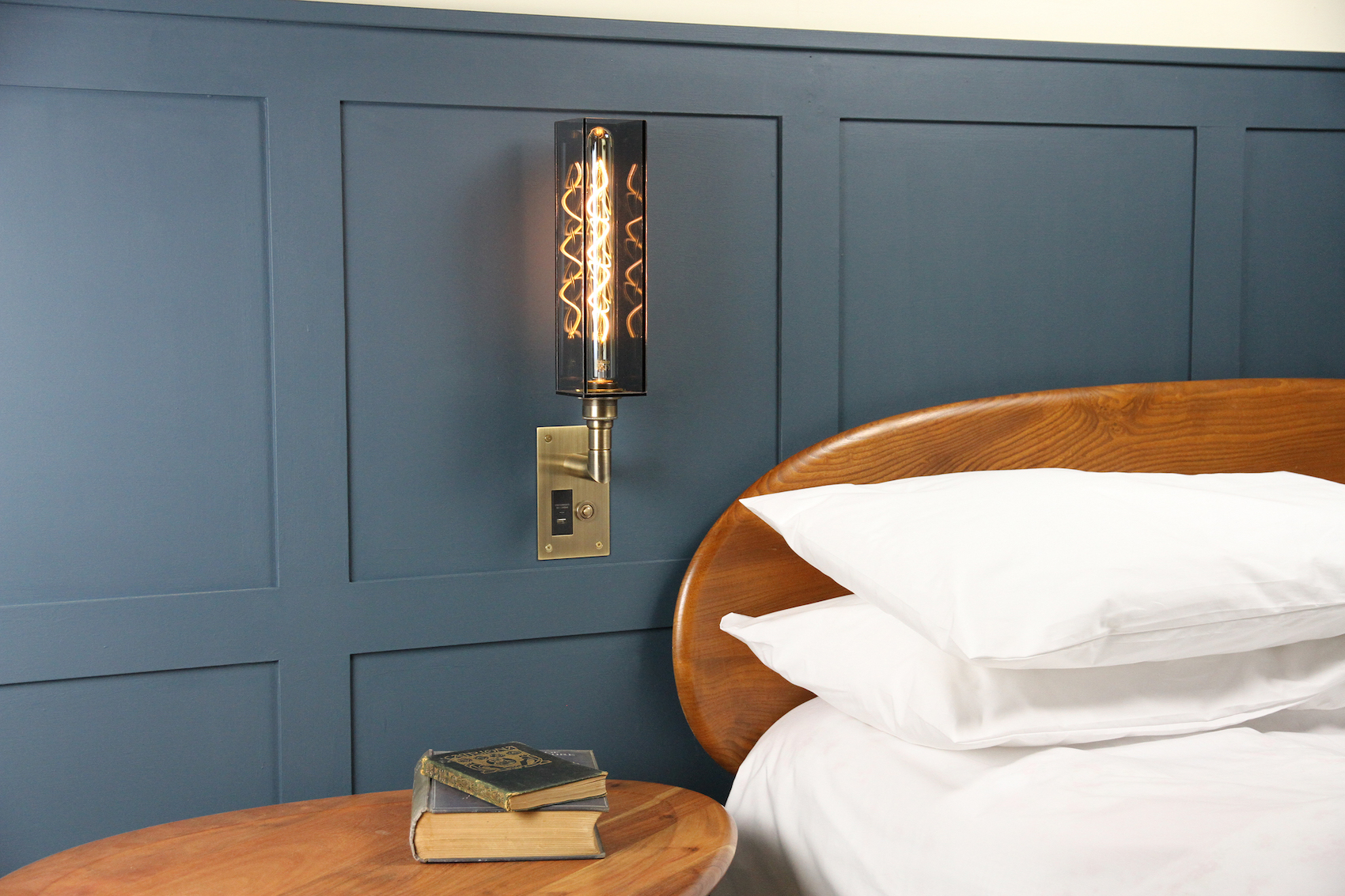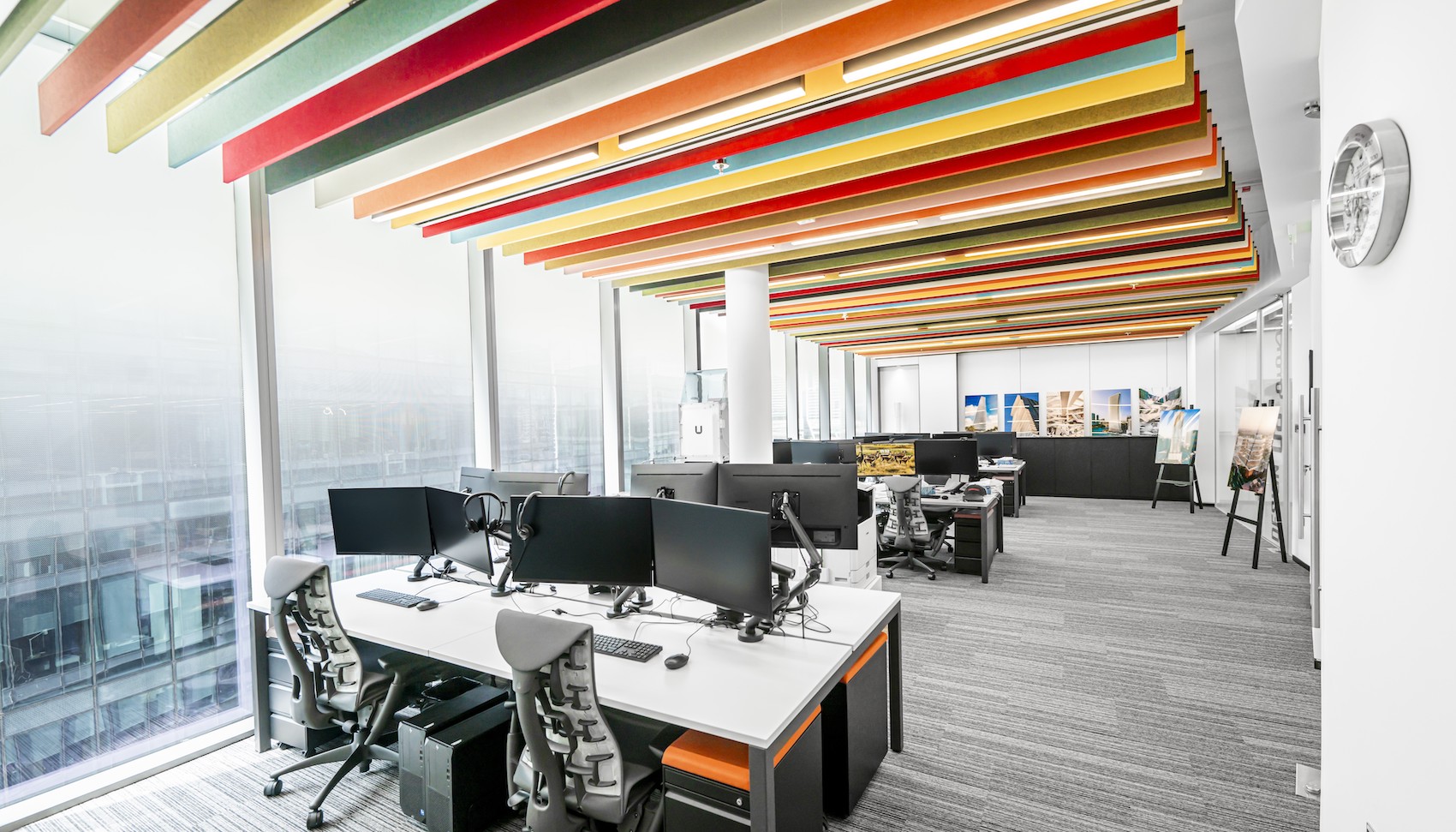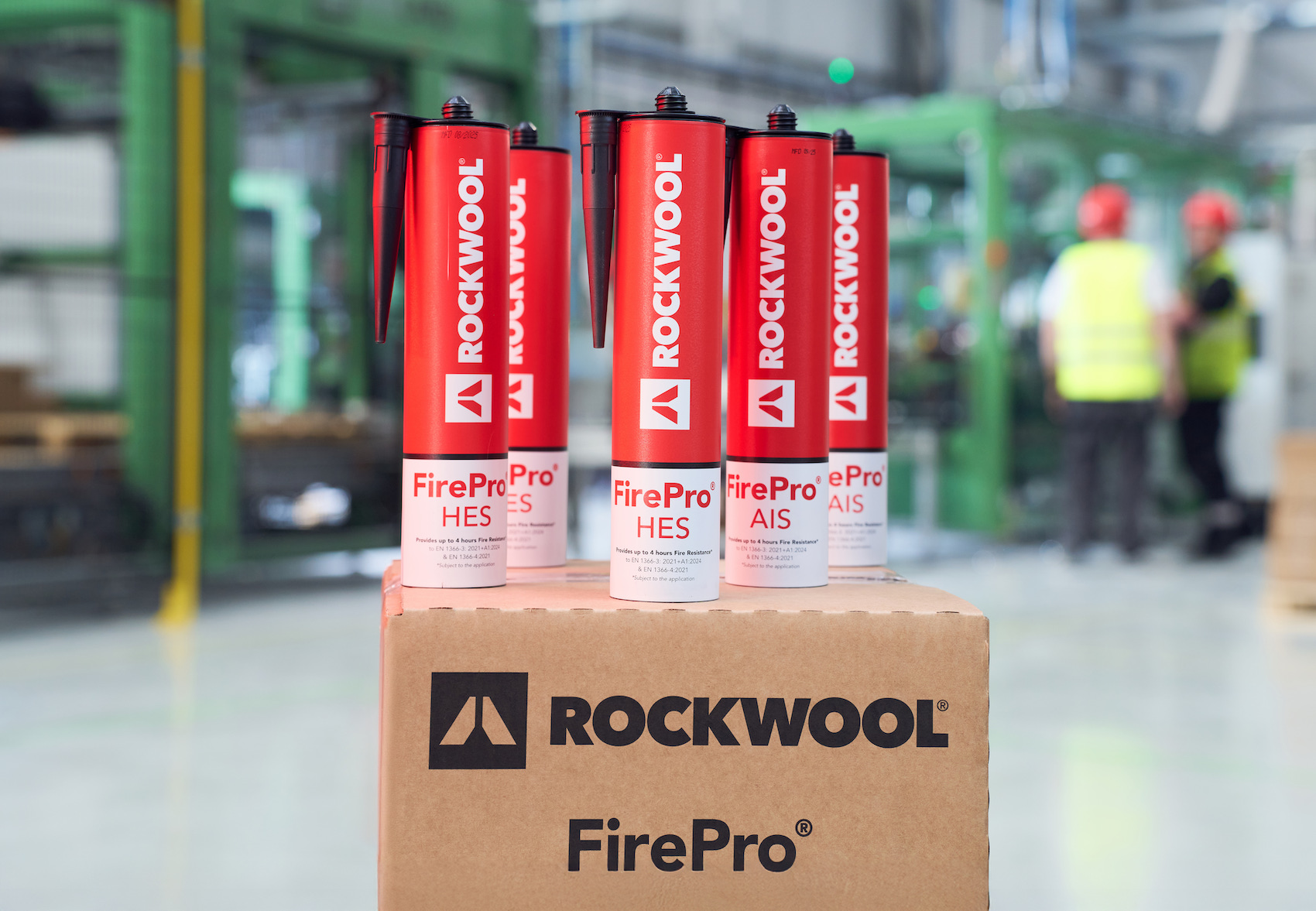Leading natural slate supplier CUPA PIZARRAS has joined industry voices in warning architects and specifiers about the risks of Brazilian metalutite, commonly marketed as ‘Brazilian slate’.
The National Federation of Roofing Contractors (NFRC) published new guidance on 1 October 2025, emphasising that Brazilian metalutite is a much weaker rock than true metamorphic slate, offering significantly poorer performance characteristics and longevity.
The guidance echoes growing industry concern on this issue, which was also recently highlighted in a technical report from Cluster De Pizarras De Galicia, the Spanish slate association in Galicia, which pointed to serious performance limitations including breakages, delamination and water absorption leading to frost damage.
Understanding the difference
The guidance shines a light on a common misconception within the market: Brazilian metalutite and genuine metamorphic slate are entirely different rock types. True slate is a metamorphic rock formed over millions of years, renowned for its durability, stability and resistance to harsh weather conditions. These qualities have made European slate the material of choice for UK and Irish roofs for centuries.
Brazilian metalutite, conversely, is formed from mudstone – a sedimentary stone that has been compacted but has not completed the metamorphic process that creates genuine slate. This fundamental geological difference results in a material that is significantly weaker and less reliable for roofing applications.
Performance concerns
The NFRC guidance outlines several critical characteristics that can reduce roof longevity:
Water absorption issues: Brazilian metalutite exhibits higher rates of water absorption than genuine slate, making it particularly vulnerable to freeze-thaw cycles – a serious concern for the UK climate.
Structural weakness: The material’s brittle nature increases the risk of fractures and delamination, potentially shortening the roof’s lifespan considerably. The NFRC explicitly recommends hook fixing to reduce cracking and fracturing during installation.
Installation challenges: Additional care must be taken during handling to avoid breakage, adding complexity and risk to installation projects.
These concerns aren’t merely theoretical. Roofing contractors have reported numerous cases of breakages, delamination and tiles detaching from roofs using Brazilian metalutite. Indeed, these performance issues are significant enough that the National House Building Council (NHBC) excluded the material from its warranty programme as early as 2012.
Implications for specifiers
For architects and specifiers, this unified industry position provides clarity when selecting roofing materials. The geological facts are clear: Brazilian metalutite cannot match the performance characteristics or longevity of genuine European metamorphic slate.
With mounting evidence of performance issues and explicit guidance from industry bodies, specifiers should carefully consider whether Brazilian metalutite represents a false economy. While it may offer initial cost savings, the risks of premature failure, warranty exclusions and potential remedial work present significant long-term concerns for projects.
The industry consensus protects all parties, from contractors working with reliable materials to clients investing in roofs designed to last. For projects where durability and performance are paramount, genuine European metamorphic slate remains the proven choice.
For more information please click here.



